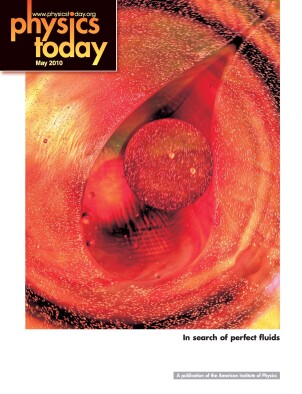Remembrances of Dirac
DOI: 10.1063/1.3431338
In his fascinating article (Physics Today, November 2009, page 46
Dirac introduced the central concepts of separative work, which measures the effort needed to effect a prescribed separation. It is based on assigning to each isotopic concentration x a value V(x) = (2x − 1)ln(x/(1 − x)), the derivation of which involved a bit of Dirac magic. The results can be counterintuitive for the uninitiated. For example, it takes much less separative work to extract bomb-grade uranium (say, 90% 235U) from a batch of low enriched uranium, such as that typically used for power reactor fuel (say, 5% 235U), than it does to extract that amount of low enriched uranium from natural uranium (0.7% 235U). Physicists accustomed to associating Dirac with an ethereal approach to quantum electrodynamics may find it difficult to imagine him setting the theoretical foundation for an important industrial process. But he did.
More about the Authors
Victor Gilinsky. (victor@gilinsky. com), Santa Monica, California, US .
